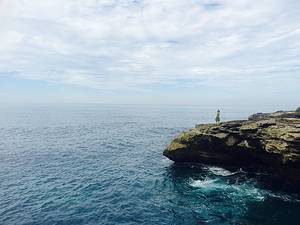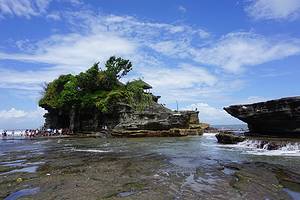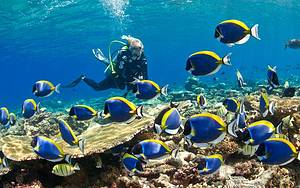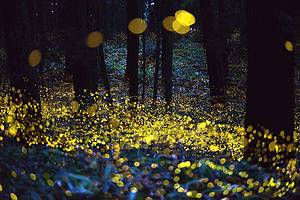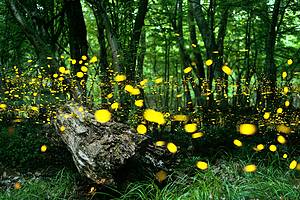Elephant Cave, Mystical Sanctuary of Ancient Worship
Jl Raya Goa Gajah, Ubud, Bali, Indonesia
3.7
Introduction
Elephant Cave (Goa Gajah) is one of the oldest archaeological sites in Bali, discovered by Dutch archaeologists in 1923, with a history dating back to the 11th century. It is believed to have been a place of meditation for Buddhist monks, and there are many Buddhist relics in the site. The site is divided into three main parts: the elephant cave itself, the holy spring pool, and the remains of Buddhist architecture. The pool features six female statues holding water vessels. Visiting Elephant Cave is one of the most famous tourist attractions in the southern region of Bali, with not only the cave but also impressive stone sculptures carved into the rock formations, including lifelike deity statues inside the cave. Above the entrance to the cave, there is a large and fierce-looking guardian statue. Elephant Cave was named by the archaeologists in 1923, who were looking for traces of elephants. On the left side of the cave, there is a statue of an elephant-headed deity and the son of Shiva, Ganesha. Address Jl Raya Goa Gajah, Ubud, Bali, Indonesia
Opening hours Monday to Sunday from 9:00 to 17:00.
Transportation 3 kilometers east of Ubud, approximately 10 minutes by car or 30 minutes on foot.
 A unique tourist attraction
A unique tourist attraction
